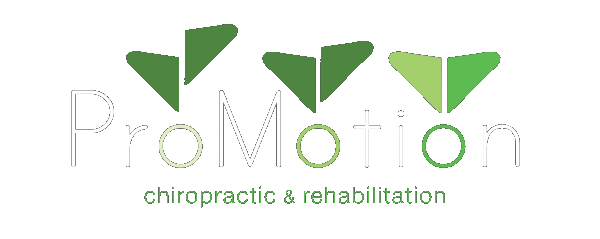If you continuously suffer from neck pain, then you are certainly not alone. Harvard Medical School estimates that seven in ten people at some point experience neck pain and one in ten people are in pain at any given day. Between 50 to 85% of adults with neck pain will experience a recurrence of the pain within five years. The leading cause of neck pain remains to be weak back and neck posture, especially when we sit too long on our computers or text on our smartphones.
The solution to the neck pain problem is not a quick fix. Pain management and pain relief for neck pain involve a variety of therapies that include chiropractic care and rehabilitation therapy, medication, self-help techniques and, in some cases, surgery. Patients today play a crucial role in their recovery by participating in strengthening and stretching exercises, as well as mind and body therapy.
First, “An ounce of prevention is worth a pound of cure.” There is a significant difference in the cost of fixing a problem versus preventing it. Strengthening your neck and correcting poor postural habits could save you down the road.
The tech neck syndrome is a term that refers to a condition caused by hunching over your phone, tablet or any hand-held device for extended periods with rounded shoulders, a hunched back and forward bent neck. Medically explained, tech neck is a repetitive stress injury caused by bending your head down and forward for long periods. When you hold your head this way, a lot of tension is generated deep in the neck muscles and across the shoulders, which causes acute as well as chronic pain.
According to the Spine Hospital at the Neurological Institute of New York, bending your head 15 degrees forward is as if the head weighed 27 pounds. This is approximately 2.5 times the weight of the average adult head, which weighs 11 pounds. The problem is not simply bending the head forward, but that you bend it forward daily as you scroll on your smartphone.
Symptoms of tech neck appear in any area where pressure is applied to the muscles, nerves and joints. This leads to chronic back pain, which ranges from mild to very severe and regularly pinched nerves. After bending the neck for far too long, you can get tension headaches. A chronic joint strain may also cause an early onset of arthritis, as this stress causes inflammation.
A text neck can also lead to an increased spine curvature, or lead to an upper thoracic deformity called dowager’s hump, which results in bone structure altering of the vertebrae in this area.
Fortunately, there are simple exercises and therapies you can do to prevent or relieve the symptoms of tech neck. If you are concerned about your posture or are experiencing upper back pain, shoulder pain, neck pain and/or headaches contact a healthcare professional to discuss treatment options and therapies. Pro-Motion Chiropractic offers neck strengthening tools to help those suffering from a whiplash injury as well as those preparing to compete in MMA competitions and supplement these tools with therapies designed to relieve your headaches, muscle pain and limited neck motion, so if you need some help, don’t hesitate.

